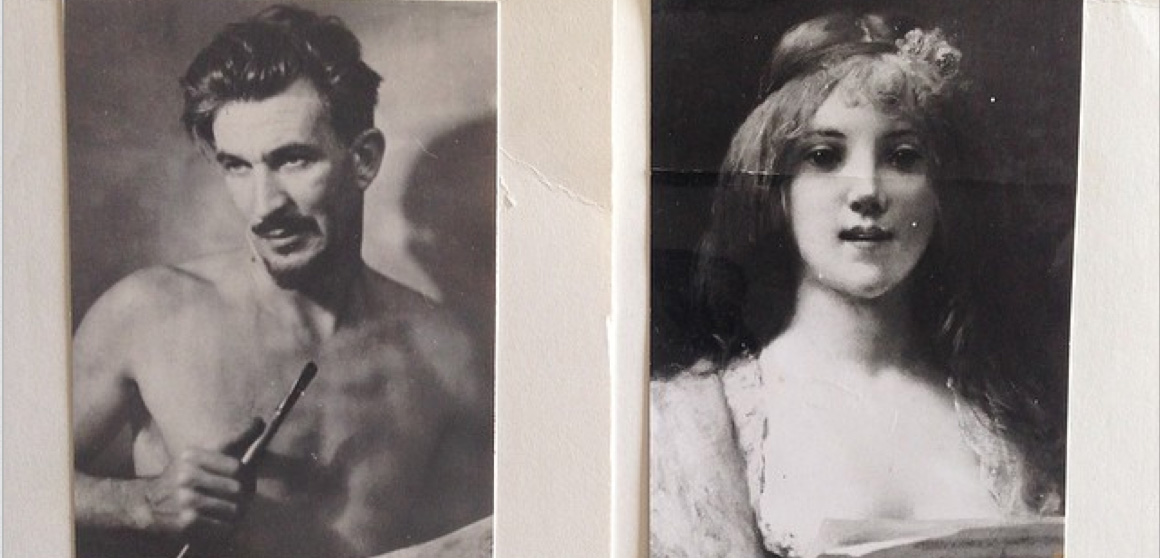
Works

Tom and Eva
FROM THE COLLECTION: GERTRUDE CONTEMPORARY REGIONAL RESIDENCIES
curated by Emily Cormak
Chapter One at Warnambool Art Gallery
- Romance/romance.
Much of The Telepathy Project’s* early work was spent simulating a loving/sexual relationship** as a happy conflation of Romantic/romantic tropes and as an aesthetic and conceptual engagement with the common idea of the link between telepathy and intimacy***. We did this in the hope that we might fall for our own tricks and induce love so as to facilitate better chances of telepathic communication. This simulated relationship was surprisingly easy to achieve (in its outward facing manifestation)- the simple fact that we were a man and a woman working closely together was enough to send ripples of prurient rumours throughout our worlds.
- Tom and Eva: Proximity and its assumptions.
One of Victoria’s most famous shipwrecks was that of the Loch Ard in 1878. At the end of its three-month journey from England to Melbourne, the Loch Ard was caught in bad weather and struck a reef on the coast of what is now The Great Ocean Road (about 70km from Warrnambool). Of the 54 people on board there were only two survivors; cabin boy, 15yr old Thomas (Tom) R. Pearce and the wealthy 17yr old Eva Carmichael.
Tom came ashore first but returned to the ocean to rescue Eva after hearing her cries for help. The two eventually made it to shore and spent the night together sheltering in a nearby cave before Tom climbed out of the gorge and found help. As the sole survivors of the shipwreck Tom and Eva were thrown together and because of this proximity Victorian speculation flourished (and continues to*) around the romantic and sexual nature of the night they spent together while waiting to be rescued (We heard he rubbed her down with rum to keep her warm!).
In light of our own experience with assumptions about our relationship (some we encourage- others we don’t) we felt a certain kinship with shipwrecked Tom and Eva.
- Paintings are Alive, Collections are Communities
In preparation for “From the Collection” we made an overnight research trip to Warrnambool to check out the gallery and the area. At our hotel that night we got our first in depth look at the WAG collection as we sifted through boxes filled with photo index cards. Struck by the number of portraits in front of us, we started to wonder whom all these people were and how they came to be squashed together in these boxes.
It didn’t take long for us to start arranging the portraits together in different groups and then soon after that into couples. We started playing matchmaker – working out who deserved who and speculating on the type of relationships they had.
From our own experience of working as a couple and the story of ‘Tom and Eva’ (that we encountered again and again in Warrnambool as it has become something of foundation story for the area) we knew that by simply placing two portraits together we could immediately create a relationship between them; and – that via the narrative drive that we humans are so good and giving into- that love stories, flirtations and tragedies between the characters would follow.
This approach of taking the figures and places of paintings as both real and vital* is a longstanding stream in our work as we continue to explore and test other ways of knowing and being in relationship to someone/something and inserting our own story into (art) historical ones.
